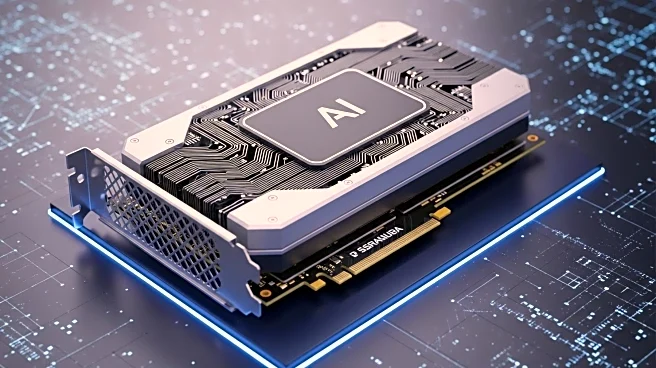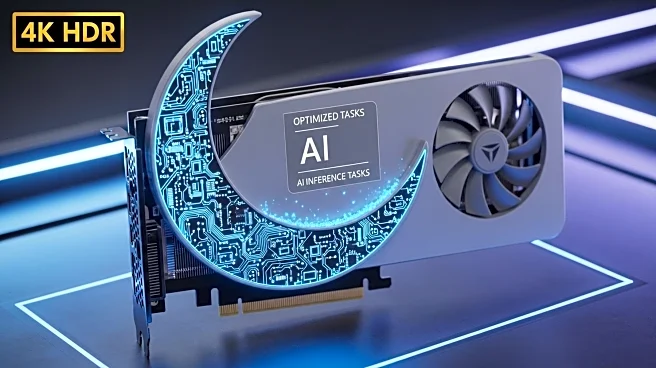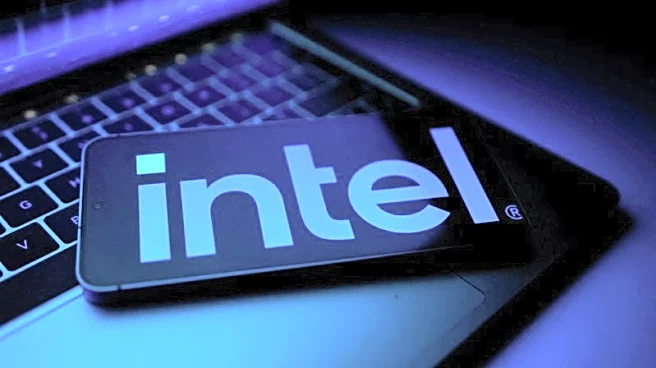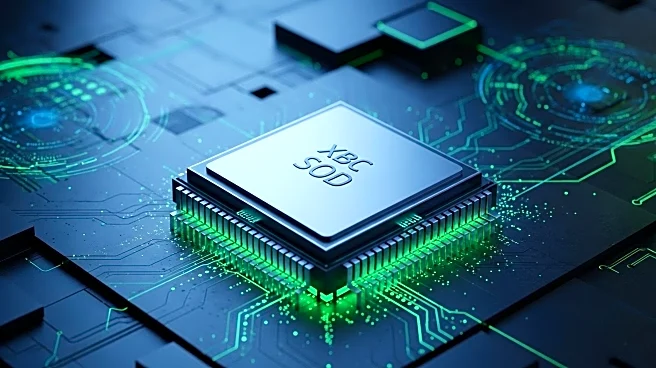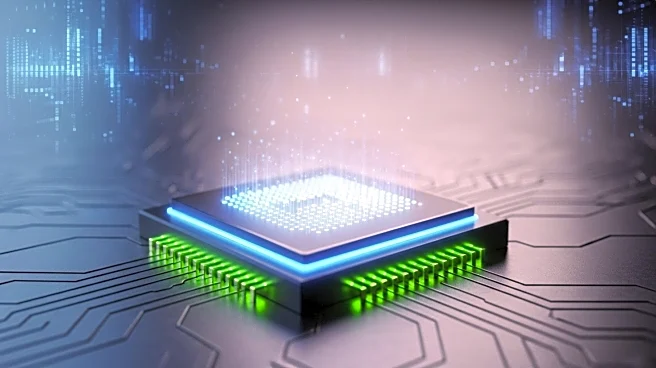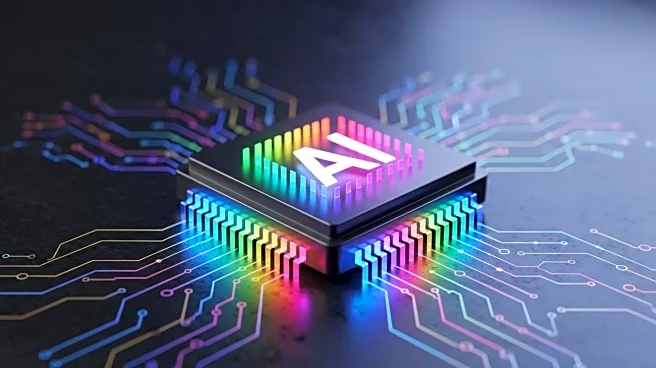What's Happening?
Intel has announced the release of its new 160-GB, energy-efficient data center GPU, code-named 'Crescent Island,' at the 2025 OCP Global Summit. This marks the beginning of Intel's annual cadence of GPU releases, a strategy aimed at gaining a foothold in the AI infrastructure market dominated by Nvidia. The Crescent Island GPU is optimized for inference workloads on air-cooled enterprise servers, featuring Intel's Xe3P microarchitecture, 160 GB of LPDDR5X memory, and support for a broad range of data types. Intel plans to start sampling Crescent Island with customers in the second half of 2026, while developing an open and unified software stack for AI systems.
Why It's Important?
Intel's move to an annual GPU release strategy is significant as it attempts to challenge Nvidia's dominance in the AI infrastructure market. The introduction of Crescent Island reflects Intel's commitment to providing open systems and software architecture for AI systems, potentially offering more choices to customers and partners. This could lead to increased competition and innovation in the AI hardware market, benefiting enterprises seeking cost-effective and efficient solutions for AI workloads. Intel's strategy may also influence other companies to adopt similar approaches, reshaping the competitive landscape in the semiconductor industry.
What's Next?
Intel plans to start sampling Crescent Island with customers in the second half of 2026. The company is also developing an open and unified software stack for AI systems, which could lead to early optimizations and iterations. As Intel continues to build its vision for the AI hardware market, it may introduce more disruptive technologies into its open, heterogeneous architecture. This could result in collaborations with multiple vendors, further expanding Intel's presence in the AI infrastructure market.
Beyond the Headlines
Intel's strategy to provide open systems and software architecture for AI systems may have broader implications for the industry. By offering more choices at the systems and hardware layer, Intel could foster a more collaborative environment among vendors, potentially leading to faster innovation and adoption of AI technologies. This approach may also encourage other companies to adopt open architectures, promoting interoperability and reducing barriers to entry for new players in the AI market.
